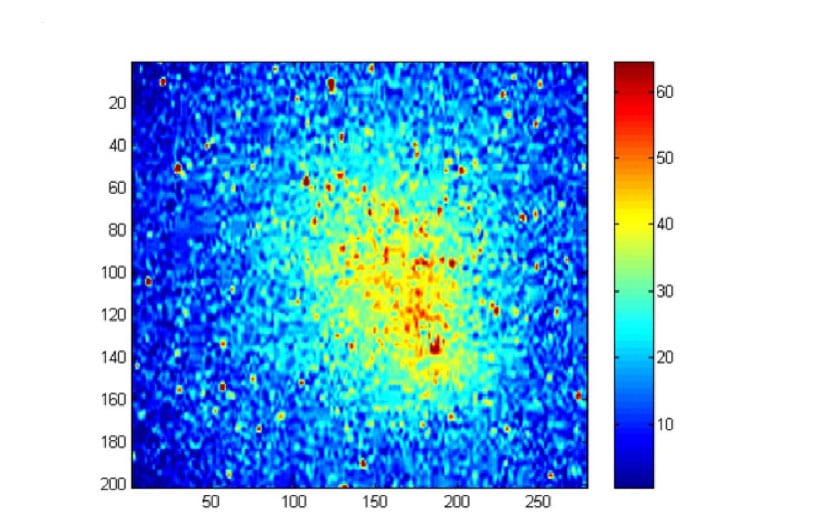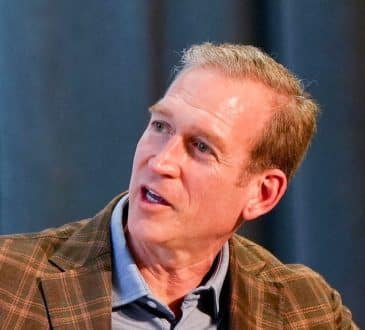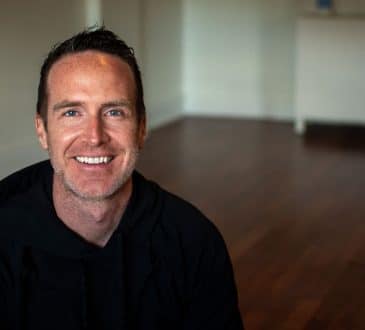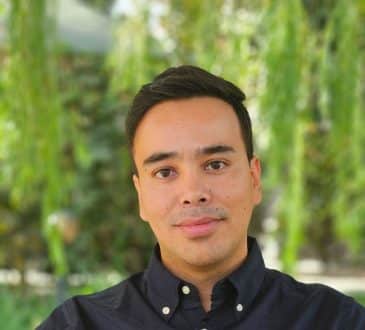An In-Depth Conversation with Professor Alfred Y. Wong: Pioneering Plasma Physics

An introduction to using Nonlinear Plasma Waves to prevent natural disasters.
Alfred Y. Wong is a renowned physicist, inventor, and Professor Emeritus of Physics and Astronomy at UCLA. A Fellow of the American Physical Society, and winner of the AIP Excellence Research Prize. Wong has dedicated over four decades to advancing plasma physics and its applications in environmental technology, energy and communications. He has published more than 160 scientific articles, including 44 in the prestigious Physical Review Letters, and holds over 30 patents worldwide. He has gone to Alaska, the Last Frontier, to demonstrate that Auroras, the Northern Lights, can supply energy to make charged clouds. The success of these experiments has inspired Professor Wong to consider moving clouds in the sky for environmental remediation.
Wong’s pioneering contributions include the development of nonlinear plasma waves. These technologies have significantly impacted environmental sustainability, demonstrating how cutting-edge science can address global challenges. His work in plasma physics has also advanced the understanding of ion dynamics and wave phenomena, earning him international recognition, including the American Physical Society Award for Excellence in Plasma Physics, the Alfred P. Sloan fellowship and the honorary degree from the University of Macau.
His science understanding has helped the development of ion engines which enabled Astro- platforms to stay stationary at low altitudes. His work on restoring the ozone layer has won him the attention of three International video productions – the Discovery Channel, the European and the Australian TV stations. His laboratory and theoretical work has also been featured in the Economist which suggested Wong’s work be considered Geo-Engineering for the whole world.
As a mentor, Alfred Wong has guided 29 PhD students and collaborated with 30 postdoctoral researchers, many of whom now hold influential positions in academia, industry, and government. His contributions to education, research, and innovation have left an indelible mark on the scientific community, inspiring future generations of physicists and engineers. Wong continues to advocate for the transformative potential of science in shaping a sustainable future.
Can you share your earliest memory of being fascinated by science and how it shaped your career path?
My fascination with science began during my high school years in Hong Kong. I remember vividly how the beauty of the equations describing physical phenomena captured my imagination. These equations were like windows into the fundamental truths of the universe. That fascination led me to pursue a degree in Engineering Physics at the University of Toronto, where I was further captivated by the interplay between theoretical concepts and real-world applications. This foundation shaped my decision to focus on plasma physics, a field brimming with potential for both scientific discovery and practical innovation.
What motivated you to delve into plasma physics, a field not widely understood by the public?
Plasma physics is a uniquely interdisciplinary field. It encompasses elements of physics, chemistry, and engineering, offering endless opportunities for exploration. What drew me most was its direct relevance to both cosmic phenomena and human challenges. The realization that plasmas power the sun and other stars made me curious about harnessing that power for Earth. My early experiments in verifying Landau damping during my PhD at Princeton solidified my interest, showing me how foundational work in plasma theory could have profound implications for energy production and environmental solutions.
You’ve been recognized for groundbreaking contributions like the 3D collapse of plasma waves and its applications to understanding atmospheric remediation systems. What was the most challenging aspect of developing these technologies?
The greatest challenge was translating theoretical concepts into practical, scalable solutions. For instance, when many plasma particles act together in phase they can generate a host of phenomena like quantum tunneling through high electrical barriers. For the atmospheric remediation system, the challenge lies in precisely targeting harmful elements like chlorine and carbon dioxide through plasma resonance without disrupting other atmospheric components. Both required not only rigorous experimentation but also collaboration across disciplines to ensure the technologies could be applied effectively. Overcoming these challenges was immensely rewarding because the end results had global environmental benefits.
How do you see plasma technology influencing the fight against climate change?
Plasma, the fourth state of matter, is the largest occupant in our universe. It comprises ions, neutrals and waves and holds tremendous potential in combating climate change. It offers innovative solutions for renewable energy production, such as fusion power, which could provide an abundant and clean energy source. Additionally, plasma-based systems for atmospheric remediation can help remove greenhouse gases and other harmful pollutants. These technologies complement existing strategies like renewable energy adoption and energy efficiency improvements. By integrating plasma innovations into global climate efforts, we can accelerate progress toward reducing emissions and mitigating the impacts of climate change.
Your work has spanned decades. How has the field of plasma physics evolved since you began your career?
When I began, plasma physics was a relatively nascent field, primarily focused on understanding fundamental properties and behaviors. Today, it has expanded significantly, with applications in energy, medicine, telecommunications, and environmental science. The tools available for research have also advanced dramatically. For example, computational simulations and diagnostic technologies allow us to model and analyze plasmas with unprecedented precision. The evolution of the field mirrors the growing recognition of its importance in addressing critical global challenges, which has been gratifying to witness. Plasma is the most abundant substance in the universe and my professor has told me that Canada is the promised land.
Collaboration is essential in science. Can you discuss a collaborative project that had a significant impact on your work?
One of the most impactful collaborations has been during the development of clean energy and environment. This project brought together physicists, engineers, and environmental scientists to tackle the technical and regulatory challenges. Each discipline contributed unique expertise, from understanding plasma behavior to designing practical systems and ensuring environmental compliance. The collaborative nature of the project not only accelerated its development but also demonstrated how interdisciplinary approaches can yield transformative solutions.
As a mentor to numerous PhD students, what is your philosophy on guiding the next generation of scientists?
I believe mentorship should empower students to think critically and independently while providing the tools and guidance they need to succeed. My approach has always been to encourage curiosity and resilience. Science is a field of constant questioning and occasional failure, so fostering an environment where students feel supported in taking intellectual risks is crucial. I also emphasize the importance of ethical responsibility in research, as the work we do often has far-reaching implications for society.
What role does public engagement play in your view of science, particularly in areas like plasma physics and environmental technology?
Public engagement should be very intense, since earth is our only planet. Large scale destruction like fires and hurricanes have occurred much more frequently. All of us should participate collectively in projects like plasma particles and waves. Personally I intend to make greater effort to communicate my work in large and small space chambers to show that geo-engineering is realizable and clean. An example is “Cloud Computing” making use of low -altitude synchronous internet platforms in the atmosphere for data center and AI research.
Looking ahead, what excites you most about the future of plasma physics and its potential to address global challenges?
What excites me most is the progress being made in environmental science. We’re getting closer to directing free energy in nature to remediate natural disasters such as fires and hurricanes. Furthermore the expanding applications of plasma in fields like medicine and material science are equally thrilling. For example, plasma technologies are being explored for cancer treatment and the creation of advanced materials. The field’s versatility and potential to tackle diverse global challenges keep me inspired, and I look forward to seeing how future generations build on the work we’ve done using AI. In Canada and Alaska our plan of launching low-altitude synchronous platforms at low cost will bring minority nations into active collaborations.
Have you read?
World’s Best Public Relations Agencies (Top PR Firms).
Countries with the highest human freedom.
World’s Safest & Most Dangerous Countries For Travelers.
Longest and Shortest Life Expectancies in the World.
World’s Most And Least Stressed Countries.
Bring the best of the CEOWORLD magazine's global journalism to audiences in the United States and around the world. - Add CEOWORLD magazine to your Google News feed.
Follow CEOWORLD magazine headlines on: Google News, LinkedIn, Twitter, and Facebook.
Copyright 2025 The CEOWORLD magazine. All rights reserved. This material (and any extract from it) must not be copied, redistributed or placed on any website, without CEOWORLD magazine' prior written consent. For media queries, please contact: info@ceoworld.biz








